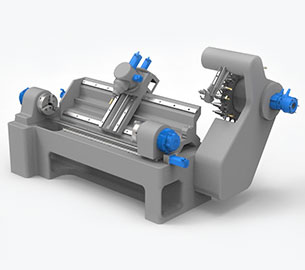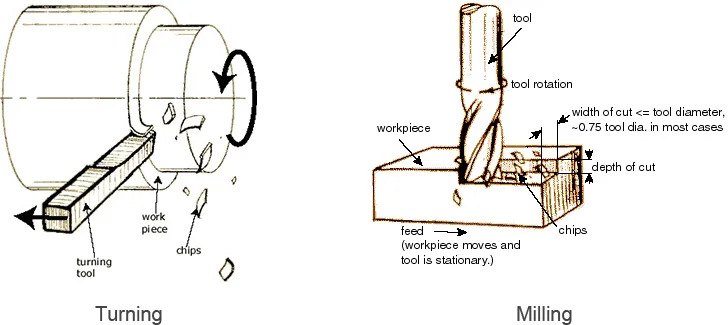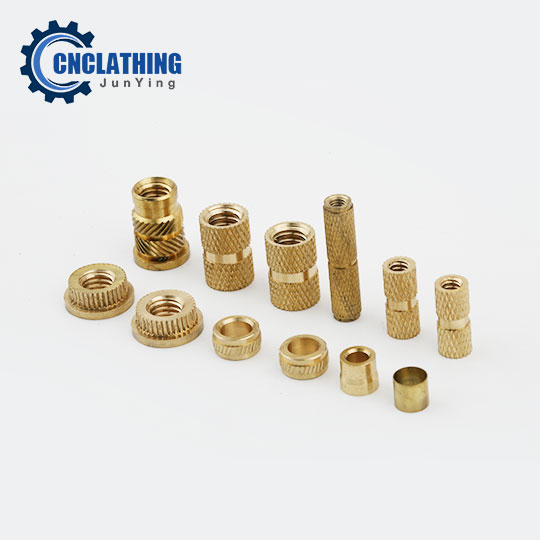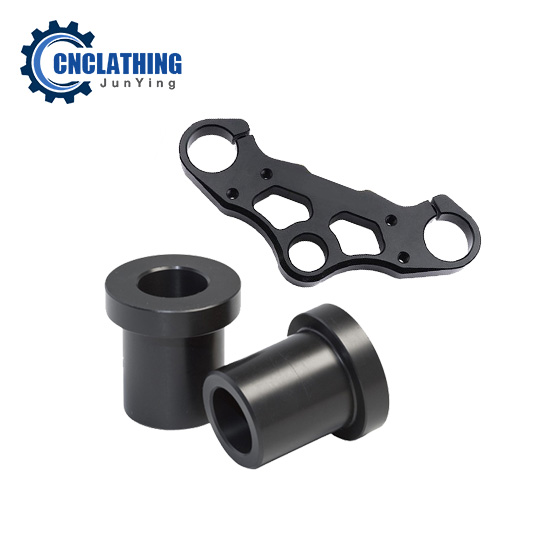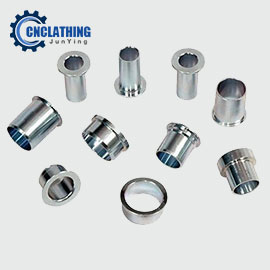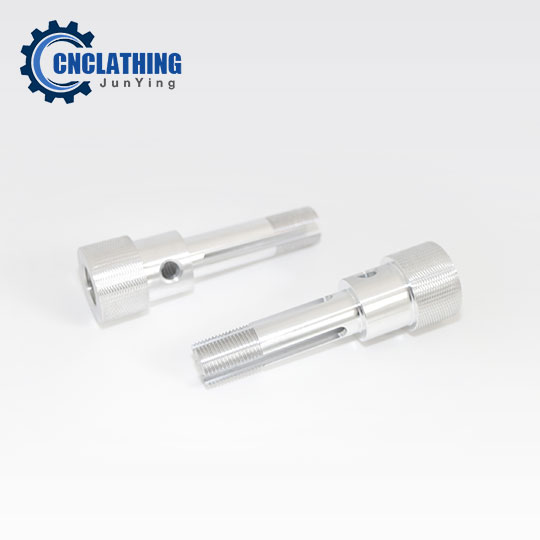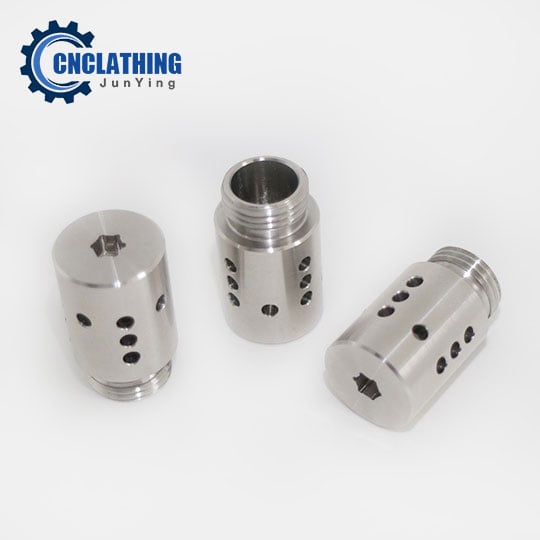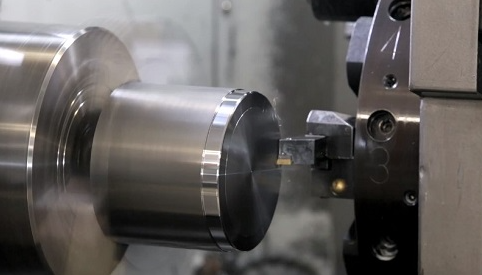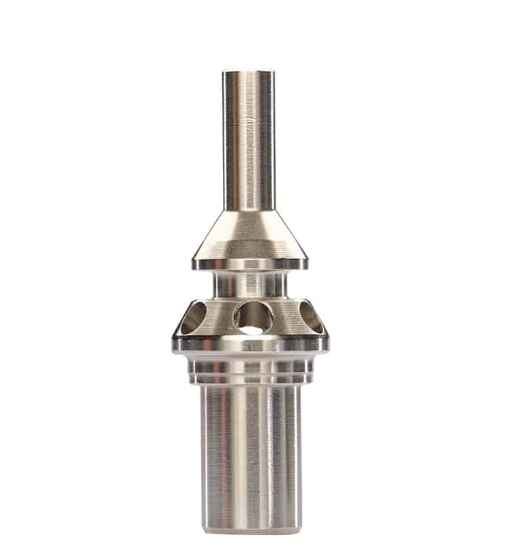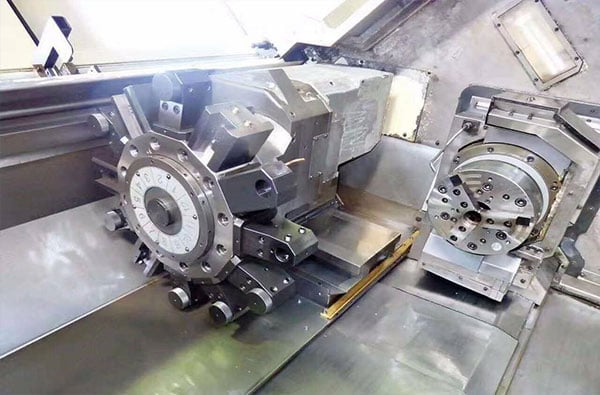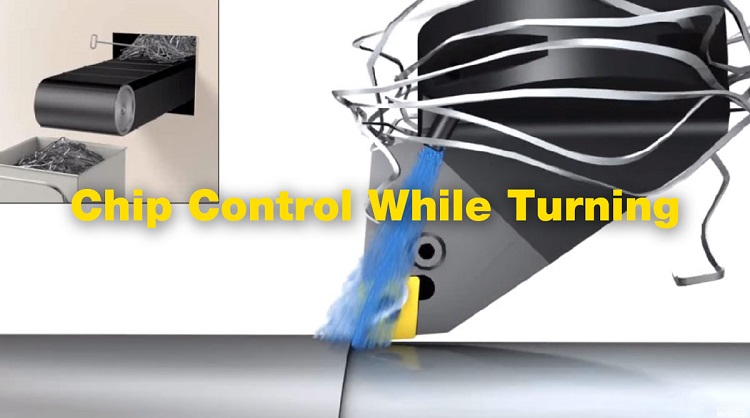Machining time, start-up cost, material cost, and feature cost help to break out the key expenses connected to CNC machining. You must know how these elements affect expenses if you want to lower them.
– Design the process that can be rapidly handled, so go to choosing the proper inner corner radius, lowering the cavity depth, increasing the wall thickness, restricting the thread length, and creating holes of uniform size, helps to save machining time.
– Considering the size of the needed blank and the cost and machinability of bulk materials, softer alloys process faster, helps one to lower the material cost.
– Reducing the amount of component rotations or repositioning needed to finish the part, that is, separating the geometry into many sections that might be completed later, helps to lower start-up costs.
– Using tolerances only when strictly necessary, deleting all text and letters, and avoiding multiple surface treatments can reduce feature costs.
Read more detail in our complete guide on how to reduce the cost of CNC machining parts.








